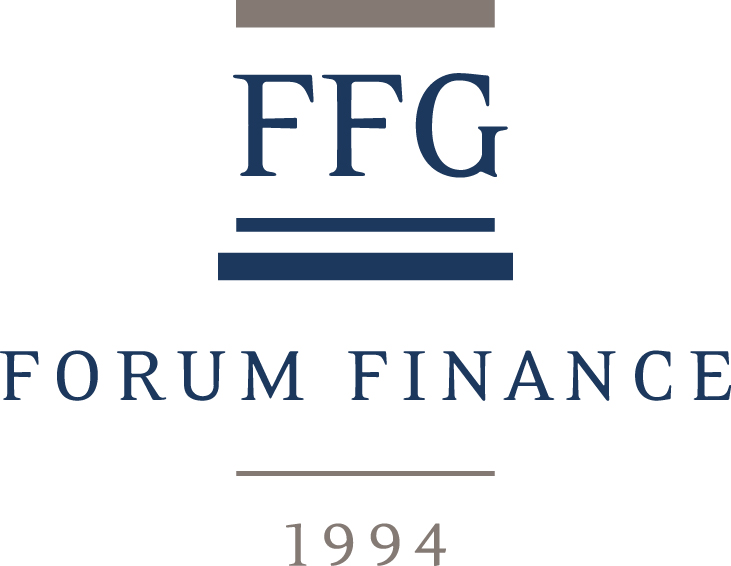Newsletter | April 2022
MARKETS STAGED A STRONG REBOUND FOLLOWING INITIAL HIT AS WAR BREAKS OUT IN UKRAINE
+ 51bps THE STEEP RISE OF 10-YEAR TREASURY YIELDS IN MARCH
Investment perspective
The month of March was characterised by two distinct periods for financial markets as early-month weakness was followed by a strong rebound of risk assets. The MSCI World in local currencies gained 2.9%, with the S&P 500 ending 3.6% higher, whereas the Euro Stoxx 50 dropped by only 0.6% after recovering most of its early-month losses. This performance of equities was quite impressive considering the dramatic events in Ukraine, and also in view of the significant rise of bond yields. An increasingly hawkish Fed triggered a 51bps rise of 10-year Treasury yields, with 10-year Bund yields also jumping by 41bps. In FX markets, the US dollar appreciated while the Japanese yen plunged by 5.5% vs. the USD, mainly as a result of the diverging monetary policies between the Bank of Japan and the Federal Reserve. It was another strong month for commodity prices, even if those of energy and gold ended the month well below early-March peak levels. Gold spiked to $2’050 per ounce on March 8, before declining significantly to finish the month at a level of $1’937 per ounce.
Since the beginning of the year, bond markets have had a rough ride and the drawdown of bond indices has been severe. This has been firstly due to the impact of the Federal Reserve’s very hawkish shift towards both higher rates and a faster pace of these hikes, and also the upcoming contraction of the central bank’s balance sheet. Markets are now pricing in a 50bps rate hike at the May’s FOMC meeting, with other 50bps hikes also appearing as likely. Corporate credit markets have also been hurt by significant spread widening, whereas positions in Russian and Ukrainian debt has severely hurt investors exposed to issuers from these countries. The first-quarter performances of the main bond indices range from -5% to -10%, meaning that they have more or less been in line with the performances of equity indices.
Investment strategy
We are pleased to report that our end-February decision not to cut equity positions at the onset of the war in Ukraine has been vindicated in view of their strong recovery since early March. Our assumption was that the war, as dramatic as any conflict always is, would have only a limited and temporary effect on markets, as often observed historically. Our equity allocation has recently been reduced and, were equities to record further gains, we intend to continue moving their exposure towards a neutral positioning.
The fixed-income asset class has had a challenging start to the year, due to fast-rising rates and wider credit spreads. As a reminder, our allocation to the asset class is underweight, in particular towards investment-grade, and the duration is low overall. Last year’s gradual shift towards more market-neutral strategies such as event-driven or long/short credit has been very helpful this year. These strategies have been much more resilient and much less volatile than most long-only fixed-income strategies.
MARKETS COULD WELL REMAIN RANGEBOUND IN THE NEAR TERM
Portfolio Activity/ News
March was a positive month for the portfolios. There was a significant amount of dispersion between the performances of the different funds. Most fixed-income exposures posted negative returns whereas the majority of equity funds ended the month with gains. The best contributions were provided by the metal mining fund, the trend-following CTA strategy, the real assets fund, and the recently added global equity fund. The main detractors were the Chinese equity fund, one of the high yield strategies, as well as long duration bond funds. For non-USD denominated portfolios, the appreciation of the dollar also contributed to the positive performance.
In March, we trimmed some of the positions having outperformed and thus raised the portfolios’ level of cash. We took advantage of the strong rebound of equity markets from their early-March lows to carry out these transactions. We also boosted the exposure to the US dollar and have hence reduced its underweight compared to the reference index. For the balanced portfolios which are not denominated in dollars, the allocation has increased from 10% to 15%.
Download the Newsletter
